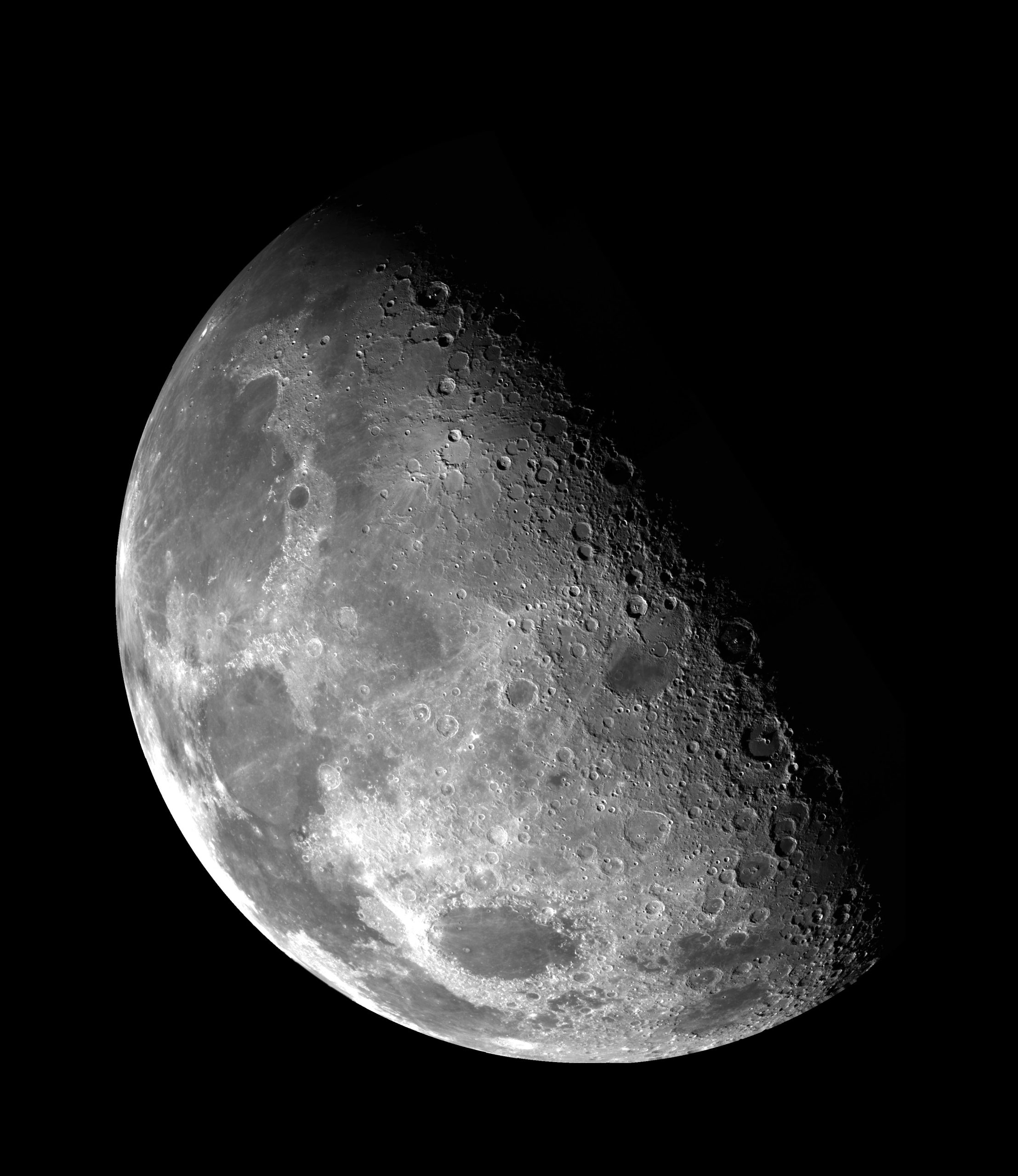Unveiling the Mystery of Hypnagogic Hallucinations
Hypnagogic hallucinations, though lesser known, are a fascinating phenomenon that occurs during the transition from wakefulness to sleep. These vivid sensory experiences can encompass visual, auditory, tactile, and even olfactory sensations. Often likened to dreams that intrude upon wakefulness, hypnagogic hallucinations have puzzled scientists and researchers for centuries.
Table of Contents
- What are Hypnagogic Hallucinations?
- Typical Sensory Experiences
- Causes of Hypnagogic Hallucinations
- Connecting with the Subconscious
- Treating Hypnagogic Hallucinations
- Conclusion
What are Hypnagogic Hallucinations?
Hypnagogic hallucinations are sensory perceptions that occur during the transitional state between being awake and falling asleep. They can manifest as incredibly vivid and lifelike experiences, similar to dreams, but with the key distinction of intruding upon wakefulness. These hallucinations often occur during the hypnagogic stage, which is the earliest stage of sleep.
Interestingly, hypnagogic hallucinations are not exclusive to the visual senses and can involve various sensory modalities. They can include seeing vivid images, hearing distinct sounds, feeling physical sensations on the skin, or even experiencing scents or tastes that seem entirely real. These sensory experiences can be awe-inspiring, mystical, or even terrifying, depending on the individual’s interpretation and emotional state.
Typical Sensory Experiences
Visual hallucinations are among the most common manifestations of hypnagogic hallucinations. Individuals may see intricate patterns, geometric shapes, or even entire scenes play out in their mind’s eye. These visuals can range from mundane to fantastical, involving landscapes, people, or abstract forms.
Auditory hallucinations are also prevalent during the hypnagogic state. People may perceive various sounds, including music, voices, whispers, or even nonsensical noises. Similar to visual hallucinations, auditory experiences can range from calming and melodic to unsettling and eerie.
Sensations on the skin are another aspect of hypnagogic hallucinations. Some individuals may feel the touch of a gentle hand, a crawling sensation, or even a sense of floating. Tactile hallucinations during this transitional period can be deeply immersive and realistic.
Interestingly, some people also report experiencing olfactory and gustatory hallucinations during the hypnagogic state. These involve perceiving scents or tastes that do not correspond to the physical environment. The smells and flavors can be appealing, repulsive, or entirely unfamiliar, adding yet another layer to the sensory richness of hypnagogic hallucinations.
Causes of Hypnagogic Hallucinations
The exact causes of hypnagogic hallucinations remain elusive, although researchers have proposed several hypotheses.
One theory suggests that hypnagogic hallucinations arise due to the brain’s struggle to transition between wakefulness and sleep. As the brain’s neural pathways shift, there can be a temporary mix-up between sleep and wakefulness circuits, leading to the intrusion of dream-like experiences into consciousness.
Another hypothesis revolves around the involvement of chemical factors in the brain. Neurotransmitters such as serotonin, gamma-aminobutyric acid (GABA), and acetylcholine are known to play a role in sleep and wakefulness regulation. Imbalances or fluctuations in these neurotransmitter levels during the hypnagogic state may contribute to the occurrence of hallucinations.
Furthermore, certain conditions and factors can increase the likelihood of experiencing hypnagogic hallucinations. Sleep deprivation, irregular sleep patterns, and sleep disorders like narcolepsy or insomnia have been associated with a higher incidence of these hallucinatory experiences. Additionally, some medications, substances, and mental health conditions may also influence the occurrence of hypnagogic hallucinations.
Connecting with the Subconscious
While hypnagogic hallucinations can be unsettling for those unacquainted with them, they also offer a unique opportunity for self-exploration and creativity. Many individuals who regularly experience hypnagogic hallucinations view them as a gateway to their subconscious mind.
Similar to dreams, hypnagogic hallucinations can provide insights into one’s psyche, unresolved emotions, and hidden desires. They offer a fertile ground for creative ideation, as the mind effortlessly conjures imagery and sensations that may have been buried or suppressed during wakeful states. Artists, writers, and musicians often find inspiration in the vivid and otherworldly experiences of the hypnagogic state.
For those interested in exploring their hypnagogic experiences further, various practices and techniques can facilitate their cultivation. Maintaining a dream journal, practicing meditation, and experimenting with lucid dreaming methods are just a few ways to develop a deeper connection with this mystical threshold between sleep and wakefulness.
Treating Hypnagogic Hallucinations
For individuals who find hypnagogic hallucinations distressing or disruptive to daily life, various strategies can help manage and alleviate their occurrence.
Establishing regular sleep patterns and prioritizing sufficient sleep duration is crucial in reducing the frequency of hypnagogic hallucinations. Creating a calm and conducive sleep environment, practicing relaxation techniques before bed, and avoiding stimulants or substances that can interfere with sleep quality are also recommended strategies.
When hypnagogic hallucinations become particularly problematic, healthcare professionals may explore pharmacological interventions. Medications that regulate sleep-wake cycles, such as selective serotonin reuptake inhibitors (SSRIs), have shown some efficacy in reducing the frequency or intensity of hypnagogic hallucinations for certain individuals.
Conclusion
Hypnagogic hallucinations, while lesser known, provide a unique window into the mystical and enigmatic world of sleep and consciousness. These vivid sensory experiences offer a glimpse into the symbiotic relationship between wakefulness and dreams. Whether perceived as a curious phenomenon or a deeply personal exploration, hypnagogic hallucinations continue to captivate and intrigue both scientists and those fortunate enough to experience them.
Embracing the mystery and beauty of hypnagogic hallucinations opens a world of possibilities for understanding the depths of human perception and the boundless creativity of the mind.
Table of Contents
